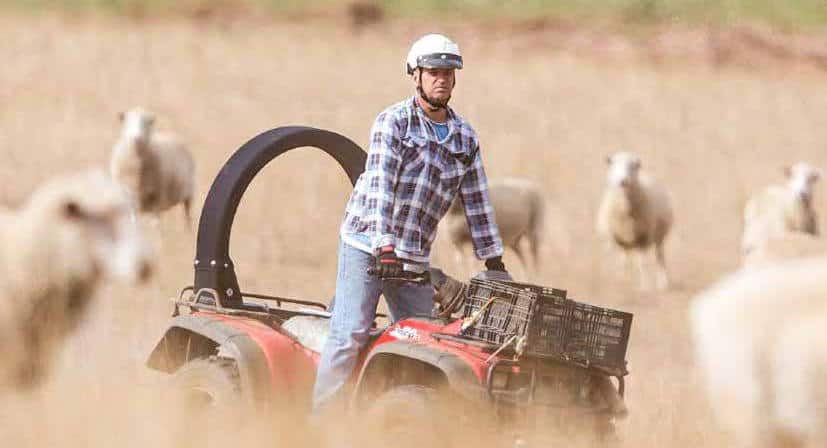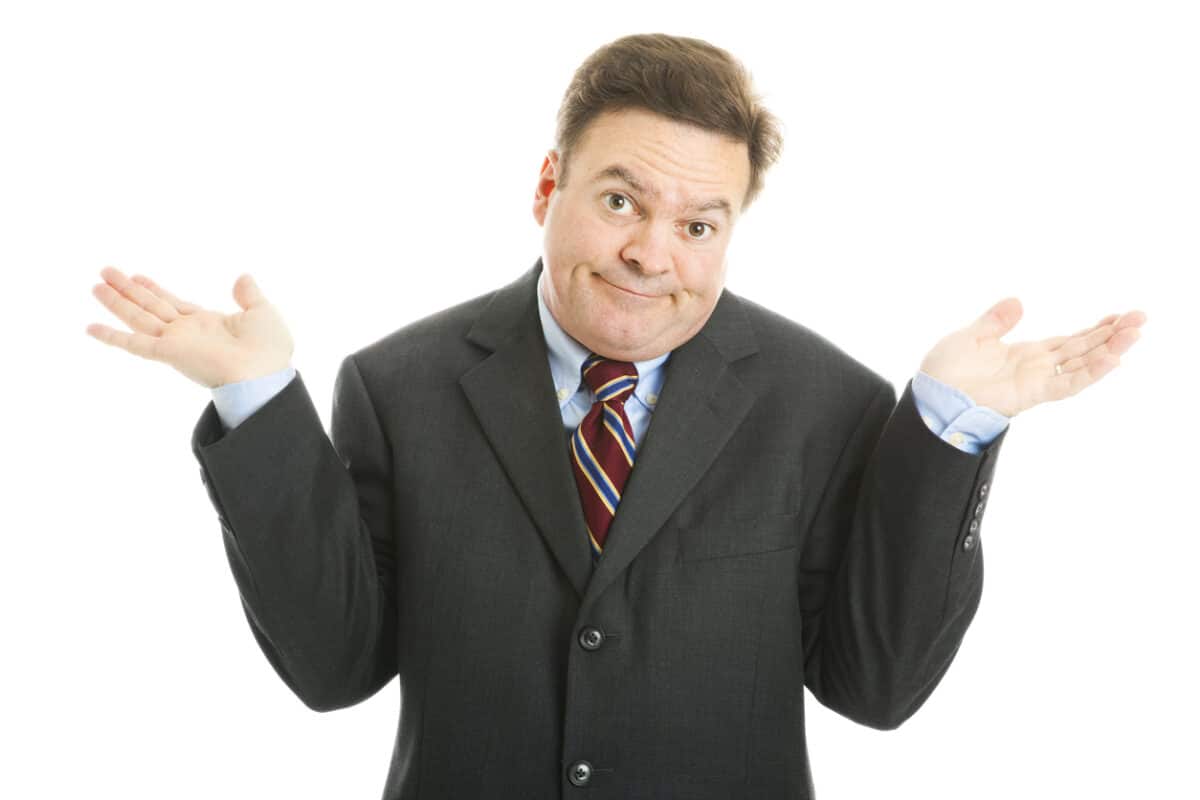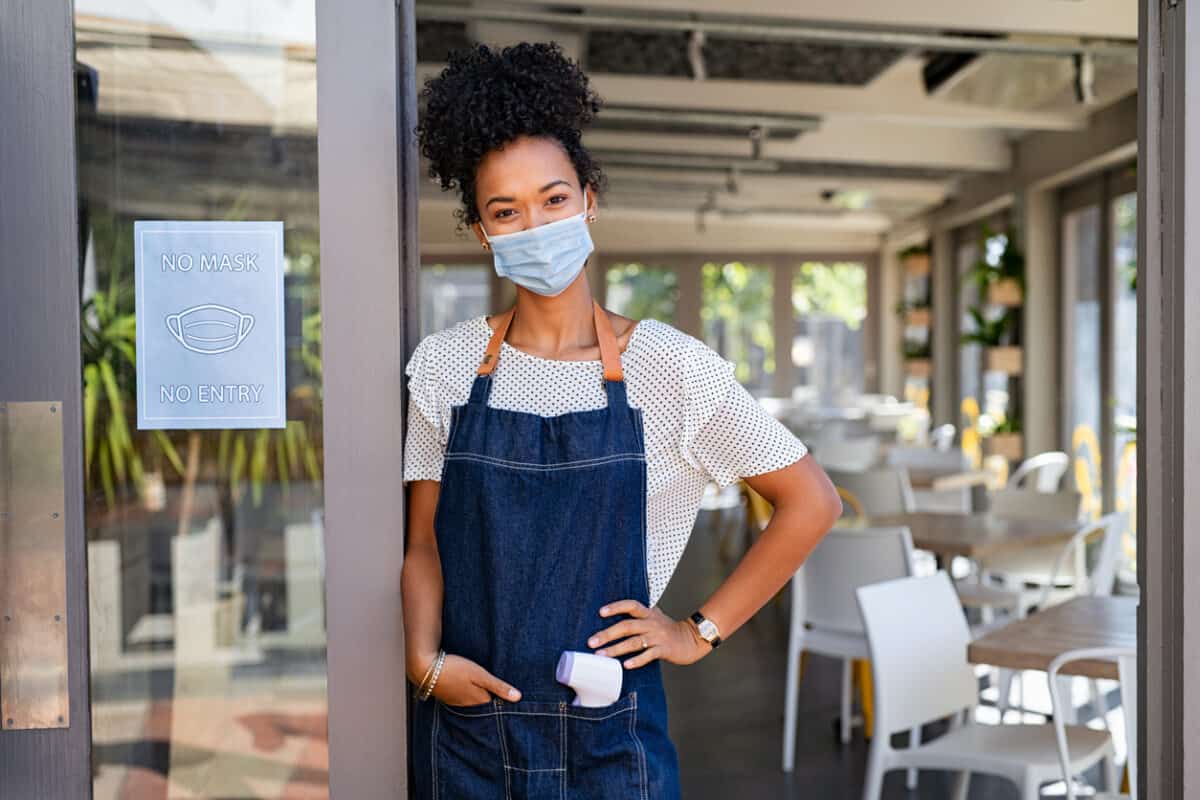Last week it became illegal for a new or second-hand quad bike to be sold in Australia without a crush protection device (CPD) fitted at the point of sale. This achievement has been decades in coming and has involved bitter fighting between advocates of safety and the sellers and manufacturers of this equipment.
This blog has followed this controversy for years. Quad bike safety is a significant illustration of the political and commercial pressures that have argued for a lowered level of safety than was possible. This conflict is perhaps the most public display of a moral conflict whose resolution is at the heart of occupational health and safety (OHS). (This controversy deserves a book similar to those about glyphosate and asbestos)







